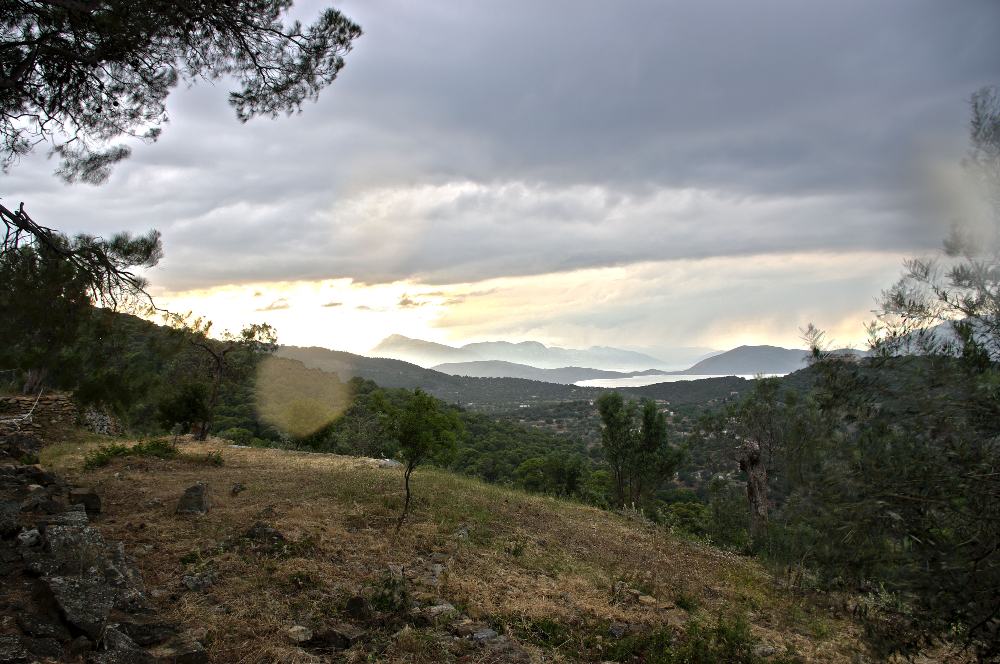
The Sanctuary of Poseidon on Kalaureia is located on the island of Poros in the Saronic Gulf, c. 6 km from Poros town. The site lies on a plateau between the hills of Aghios Elias and Vigla and holds a commanding position c. 200 m above sea level. To the north there is a visual connection with the Methana peninsula as well as the islands of Angistri and Aigina, while in the far distance it is possible to see Pireus and the coastline of Attica on clear days. To the south, the visitor can catch glimpses of the sea against the background of the steep Peloponnesian coast.

Fig. 2: View towards the Peloponnese and Methana from the sanctuary.
The first excavations on the site were executed in 1894 by Swedish archaeologists Sam Wide and Lennart Kjellberg. Since at the time there was no Swedish Institute, the study was carried out under the aegis of the German Archaeological Institute at Athens. During the two-month season the Swedes exposed major architectural remains, including traces of a temple, and to the south-west of this an open space interpreted as an agora by Wide and Kjellberg. This area was surrounded by stoas (today called Stoa A–D), a trapezoidal building (Building D) as well as a possible propylon (Building E). In the modern excavations the area between the stoas has been viewed as part of the sanctuary’s temenos, with the city and its agora located somewhere nearby. As often during the late 19th century, Wide and Kjellberg only cleared the walls of the buildings while the bulk of the soil between them was left untouched. The finds were subsequently published in Mitteilungen des Deutschen Archäologischen Instituts, Athenische Abteilung in 1895. Following the excavations by Wide and Kjellberg new measurement were taken by Gabriel Welter in 1938 and limited archaeological examinations were conducted by the Greek Archaeological Service in 1979.
In 1997, more than a century after the initial campaign, the Swedish Institute at Athens, under director Berit Wells and later Arto Penttinen, returned to the sanctuary of Poseidon for new excavations mainly carried out within the framework of two major research programs: the Kalaureia Excavation Project (2003–2005) and The Sea, the City and the God (2007–2012). With the modern excavations new research objectives were introduced: to investigate the relationship between the Sanctuary of Poseidon and the ancient city of Kalaureia. This included the interaction between the sanctuary and the city, their respective roles in the Saronic Gulf and the wider world, and how and if the archaeological record could elucidate matters of ritual behavior on sanctuary ground. The project also aimed to study ideas of the sanctuary held by the local population in modern Poros as well as how the island’s inhabitants perceived the archaeological fieldwork carried out. The excavations at Kalaureia has also been the focus for several field schools organized in collaboration with Gothenburg University, providing experience for a new generation of Swedish Classical archaeologists.
Since 2015 the excavations at ancient Kalaureia have been conducted in Area L, situated c. 200 meters to the southeast of the Sanctuary of Poseidon, in proximity to fragmentary remains of the city wall and next to a largely artificial mound surrounded by cut blocks.
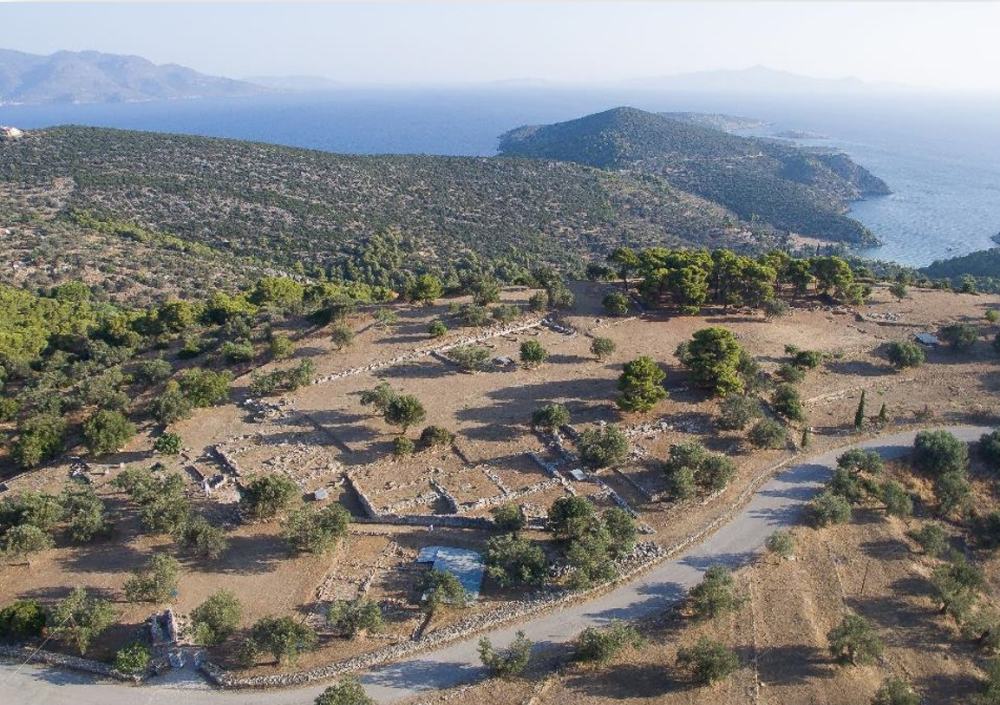
Fig. 3: Aerial photograph of the Sanctuary of Poseidon.
The earliest attested human activity on the site dates to the Late Mycenean period, c. 1200 BC, when one or two small houses were built just to the west of the later Temple of Poseidon. Constructed at the time when the Mycenean society collapsed on the mainland it is possible that these houses represent an attempt to escape the turbulent events during the end of the Bronze Age. Yet, the area was abandoned after only one or two generations, indicating that no lasting calm was found. Later the settlement was cut in half in order to make space for the temple. Some have therefore suggested that the cult at the site had origins in the Bronze Age, but there is little evidence for this among the finds.
Following the Bronze Age collapse there is only little material at the site from the Proto- and Early Geometric periods. Activity is then clearly attested from about 750 BC as fragments of Late Geometric pottery have been found almost everywhere at the site, suggesting habitation. However, despite the rich material only one securely identifiable context from the period was found, a wall with an associated earthen floor in the south west of the sanctuary. Possibly the character of this early settlement slowly changed into a sacred site from the end of the 8th century BC. In the following Archaic period there is no evidence of domestic life in the area of the sanctuary; the local inhabitants probably resided somewhere nearby.
The first evidence of monumental structures at the sanctuary is in the form of roof tiles from c. 650 BC. The building this roof belonged to is unfortunately unknown. However, other early roof tiles suggest the existence of a precursor to the Late Archaic temple of Poseidon, as well as the presence of a building in the area of the later Propylon (Building E). There are also remains of terrace walls from the 7th century BC, showing that the landscape was now being modified. It is also notable that there is evidence for an amphictyony formed by seven states (Athens, Aegina, Epidauros, Hermione, Nauplia, Prasiai and Orchomenos) at this early period (Strabo 8.6.14).
During the Late Archaic period a number of buildings were erected, including the temple, Stoa D and the Propylon (Building E). Little is known about the temple constructed during this period as it was almost completely robbed out by the time of the early Swedish excavations. When the modern work commenced only foundation trenches and roof tiles remained. Yet, it is possible to show that it was a peripteral building with 6×12 columns, measuring 14.50×27.00 m, constructed mainly out of poros limestone. The building was surrounded by a low wall with the main entrance on the east side and a smaller entrance in the south.
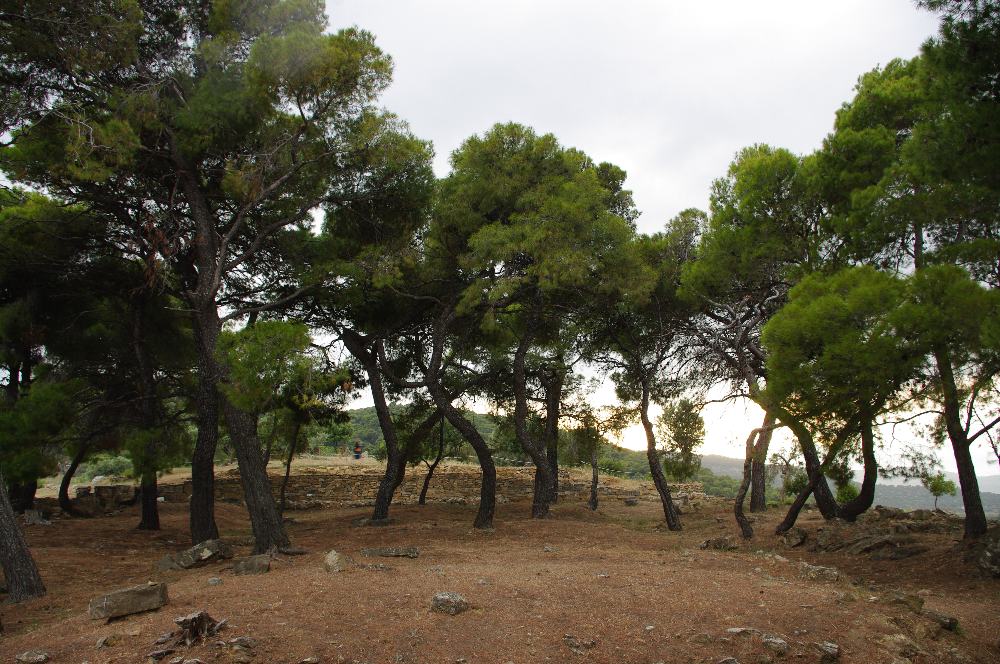
Fig. 4: Location of the temple of Poseidon.
Stoa D, a simple colonnaded hall, was constructed during the same period. Today it is poorly preserved. Building E, usually interpreted as the sanctuary’s propylon, is somewhat better preserved, with two identifiable rooms in addition to the entrance way. It has been suggested that these rooms functioned as a bouleuterion or the seat of the amphictyony.
In addition to these structures a number of column drums were found at west side the site, belonging to a votive column that was never erected. Similar votive columns are known from for example the sanctuary of Aphaia on nearby Aegina and at Marathon.
Building activity continued during the Classical period. Along the north side of the sanctuary Stoa A and B were constructed. Unfortunately, only the foundation of the back wall of Stoa B is preserved. More is known of Stoa A. Originally a Doric building with polygonal walls covered in red plaster and with an inner Ionic colonnade, the building was destroyed already in antiquity, probably around 100 BC. Later, in Roman times, it housed a number of small sheds with commercial activity, suggesting that the area had an economic function at this time.
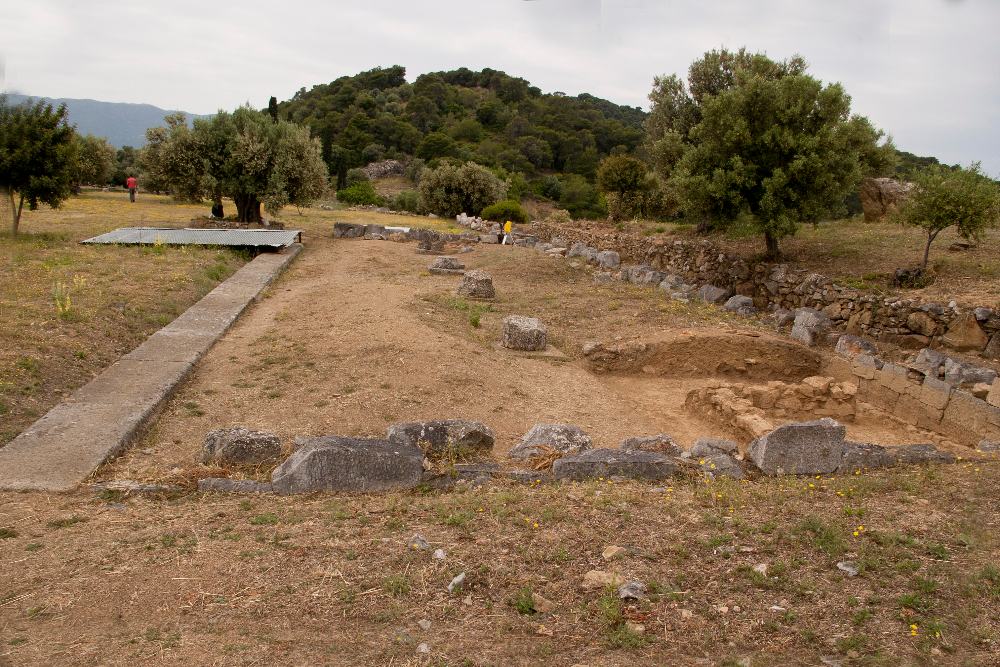
Fig. 5: Stoa A in the sanctuary.
Following the Classical period, late 4th century BC coins with the head of Poseidon and the inscription ΚΑΛ or ΚΑ suggest that the settlement at Kalaureia became an autonomous polis at the time. We also learn from literary sources that the famous Athenian orator Demosthenes committed suicide at the site in 322 BC as he was escaping Macedonian persecution (Paus. 2.33.3; Plut. Vit. Dem. 28–30).
The next major phase of building activity also took place during the late 4th century BC when structures were erected both inside and outside of the sanctuary. In direct connection with the sanctuary, Stoa D was expanded by the large trapezoidal building D to the south. Building D was composed of three rectangular rooms opening up into the Stoa. On the south side, which had to be heavily terraced in order to adapt to a preexisting slope, a triangular courtyard with rooms around it was constructed. Today parts of the wall stand to a height of 1.5 meters.
A fourth and final stoa, C, was erected at the same time to the north-east of Building D. Facing the inner open area of the sanctuary it had an outer Doric and inner Ionic colonnade. An inscription (IG IV 841) found in the area already in 1894 suggests that the building functioned as an archive or was used for other administrative purposes.
Several buildings have also been revealed outside of the sanctuary itself. The large Stoa F was located just to the west of Building E. Wide and Kjellberg interpreted the building as a bouleuterion due to the many statue bases found in front of it. On the other side of the modern road a rectangular structure (Building G) was located. This was formed by a courtyard which was entered from the east and surrounded by several rooms. Among the finds was a statuette of Asklepios.
There is also plenty of evidence for private architecture. Immediately to the south of Building D lies the so-called Building I; a large structure which remained in use from the Late Classical period to Roman times. The close proximity to the sanctuary suggests that the temenos of Poseidon was surrounded by the city at this time and not isolated from the urban landscape.
Important dedicatory monuments were erected during the Hellenistic period. One of the most spectacular testimonies to this is a monumental basis for sculptures of King Ptolemaios II and queen Arsinoë II who ruled Egypt during the first half of the 3rd century BC, offered by the city of Arsinoe in the Peloponnese.
The most recent work on the site have focused on Area L to the south of the sanctuary and Building I, across the modern road. While the chronology here is similar to that found in Building I, the in situ identification of several large pithoi, storage vessels of considerable capacity, suggests that the building filled a communal function rather than a purely residential or private one. Moreover, the remains of the later Hellenistic phase are buried under a thick layer that seems to consist of destruction debris deliberately created in order to raise the ground level. There are no obvious signs of violent destruction, even though secondary burning has been noted on some of the finds. The floor level of the subsequent phase is placed in the later part of the first century BC and in the first century AD.
After c. 100 AD signs of activity at the site quickly fades. The 2nd century AD author Pausanias (2.33.3–35) included the sanctuary in his travel account, mentioning that the tomb of Demosthenes was located within the sacred precinct, but says little else. This may suggest that he never visited in person, in particular as he gave considerably more attention to other sanctuaries. One of the latest archaeological finds from antiquity is a coin potentially minted under the Roman emperor Hadrian. Following this some later material, such as pottery and a coin from about 700 AD, have been found, but only out of context. Curiously, there are no direct indications of Christian practices at the site.
Bibliography
Alexandridou, A. 2013. ‘Archaic pottery and terracottas from the sanctuary of Poseidon at Kalaureia’, OpAthRom 6, 81–150.
Berg, I. 2016. Kalaureia 1894. A cultural history of the first Swedish excavation in Greece (Stockholm Studies in Archaeology, 69), Stockholm.
Hägg, R. 2003. ‘Some reflections on the Sanctuary of Poseidon at Kalaureia in the Bronze Age’, in ΑΡΓΟΣΑΡΩΝΙΚΟΣ. Πρακτικά του διεθνούς συνεδρίου αρχαιολογίας και ιστορίας του Αργοσαρωνικού, Πόρος 26–29 Ιουνίου 1998, ed. E. Konsolaki-Giannopoulou, Athens, 333–336.
Kelly, T. 1966. ‘The Calaurian Amphictiony’, AJA 70, 113–121.
Konsolaki-Giannopoulou, E. 2016. ‘Ἐπισκόπηση της λατρείας τοῦ Ποσειδῶνος στὴν Τροιζηνία’, ArchEph 155 43–74.
Lymberakis, P. & G. Iliopoulos 2019. ‘Snakes and other microfaunal remains from the Sanctuary of Poseidon at Kalaureia’, Opuscula 12, 233–240.
Mylona, D., M. NTinou, P. Pakkanen, A. Penttinen, D. Serjeantson & T. Theodoropoulou 2013. ‘Integrating archaeology and science in a Greek sanctuary: issues of practice and interpretation in the study of the bioarchaeological remains from the Sanctuary of Poseidon at Kalaureia’, in Diet, Economy and Society in the Ancient Greek World, eds. S. Voutsaki & S.M. Valamoti, Leuven, Paris & Walpole, MA, 187–204.
Mylona, D. 2019. ‘Animals in the sanctuary. Mammal and fish bones from Areas D and C at the Sanctuary of Poseidon at Kalaureia. With an appendix by Adam Boethius’, Opuscula 12, 173–221.
Mylonopoulos, J. 2003. Πελοπόννησος οἰκητήριον Ποσειδῶνος. Heiligtümer und Kulte des Poseidon auf der Peloponnes (Kernos suppl., 13), Liège.
Mylonopoulos, J. 2006 ‘Von Helike nach Tanairum und von Kalaureia nach Samikum: Amphiktyonische Heiligtümer des Poseidon auf der Peloponnes’, in Kult–Politik–Ethnos. Über regionale Heiligtümer im Spannungsfeld von Kult und Politik, eds. K. Freitag, P. Funke & M. Haake, Stuttgart, 121–156.
Ntinou, M. 2019. ‘Trees and shrubs in the sanctuary. Wood charcoal analysis at the Sanctuary of Poseidon at Kalaureia, Poros’, Opuscula 12, 256–269.
Pakkanen, P. 2011. ‘Polis within the polis. Crossing the border of official and private religion at the sanctuary of Poseidon at Kalaureia on Poros’, in Current approaches to religion in Ancient Greece. Papers presented at a symposium at the Swedish Institute at Athens, 17–19 April 2008, eds. M. Haysom & J. Wallensten, Stockholm 2011, 111–134.
Penttinen, A. & D. Mylona 2019 ‘Physical environment and daily life in the Sanctuary of Poseidon at Kalaureia, Poros. The bioarchaeological remains. Introduction’, Opuscula 12, 159–172.
Penttinen, A., B. Wells et al. 2009. ‘Report on the excavations in the years 2007 and 2008 southeast of the Temple of Poseidon at Kalaureia’, OpAthRom 2, 89–134.
Papazarkadas, N. & J. Wallensten forthcoming. ‘Religion and family politics in Hellenistic Kalaureia: three new inscriptions from the shrine of Poseidon’, Opuscula 2020.
Schumacher, R.W.M. 1993. ‘Three related sanctuaries of Poseidon: Geraistos, Kalaureia and Tainaron’, in Greek sanctuaries: New approaches, eds. N. Marinatos & R. Hägg, London, 51–69.
Sarpaki, A. 2019. ‘Plants in the sanctuary. Charred seeds from Areas C and D at the Sanctuary of Poseidon at Kalaureia, Poros’, Opuscula 12, 271–286.
Serjeantson, D. 2019. ‘Animals in the sanctuary. Bird bones and eggshell’, Opuscula 12, 223–231.
Sinn, U. 1993. ‘Greek Sanctuaries as places of refuge’, in Greek sanctuaries. New approaches, eds. N. Marinatos & R. Hägg, London 1993, 98–109.
Sinn, U. 2003. ‘Das Poseidonheiligtum auf Kalaureia: ein Archäologischer Befund zum Antiken Asylwesen’, in Das antike Asyl. Kultische Grundlagen, rechtliche Ausgestaltung und politische Funktion, ed. M. Dreher, Cologne, 107–125.
Syrides, G.E. 2019. ‘Marine and terrestrial molluscs in the sanctuary. The molluscan remains from the 2003–2004 excavations in the Sanctuary of Poseidon at Kalaureia’, Opuscula 12, 241–254.
Wallensten, J. 2020 ‘Closing in on the Gods. Indirect communication between mortals and immortals’, in The Akragas Dialogue, eds. M. De Cesare, C. Portale & N. Sojc, Leiden & Boston, 9–26.
Wallensten, J. & J. Pakkanen 2009. ‘A new inscribed base from the Sanctuary of Poseidon at Kalaureia’, Opuscula 2, 155–165.
Wells, B. 2009. ‘A smiting-god figurine found in the Sanctuary of Poseidon at Kalaureia’, Opuscula 2, 143–154.
Wells, B. Penttinen, A. & J. Hjohlman. 2006-2007. ‘The Kalaureia Excavation Project: The 2005 and 2005 Seasons’, OpAth 31–32, 31–129.
Wells, B. A. Penttinen & M.-F. Billot 2003. ‘Investigations in the Sanctuary of Poseidon at Kalaureia, 1997–2001’, OpAth 28, 29–87.
Welter, G. 1941. Troizen und Kalaureia, Berlin.
Wide, S. & L. Kjellberg 1895. ‘Ausgrabungen auf Kalaureia’, AM 20, 267–326.
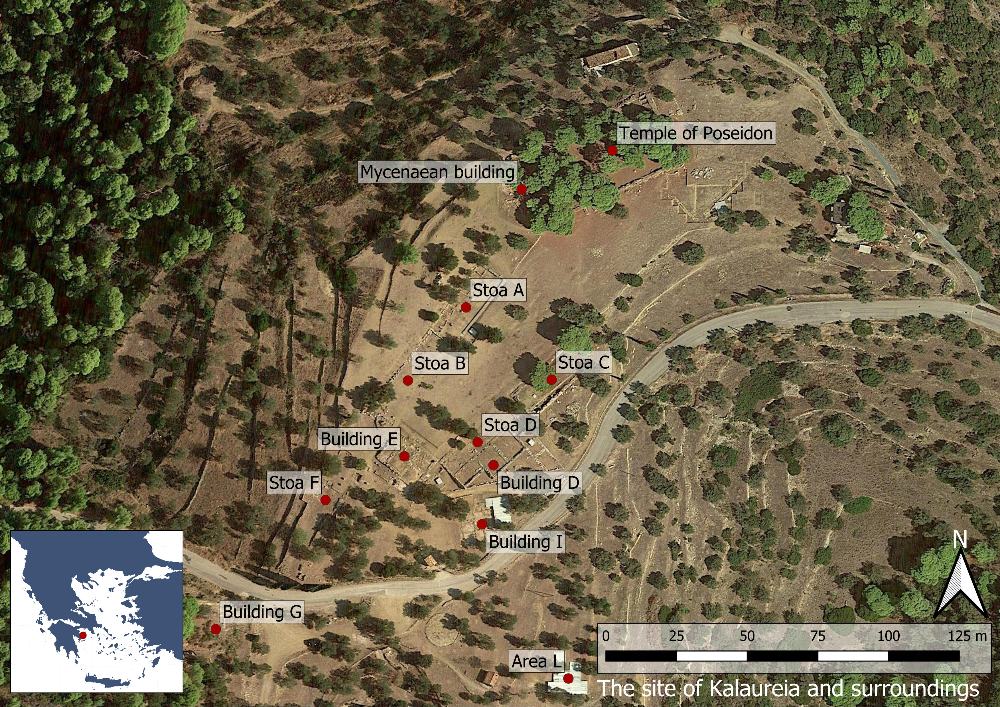
Fig. 1: Map over the site of Kalaureia (Basemap: Google maps satellite image).
Printed: 2024-04-19
From the web page: Swedish Institute at Athens
https://www.sia.gr/en/sx_PrintPage.php?tid=329&export=print